Here we provide an evidence-based look at what is known about women’s leadership and participation in the Beijing 2022 Olympic and Paralympic Winter Games, along with an examination of media coverage. This is the eighth report in the series that follows the progress of women in the Olympic and Paralympic movement.
Women in the 2022 Olympic and Paralympic Games
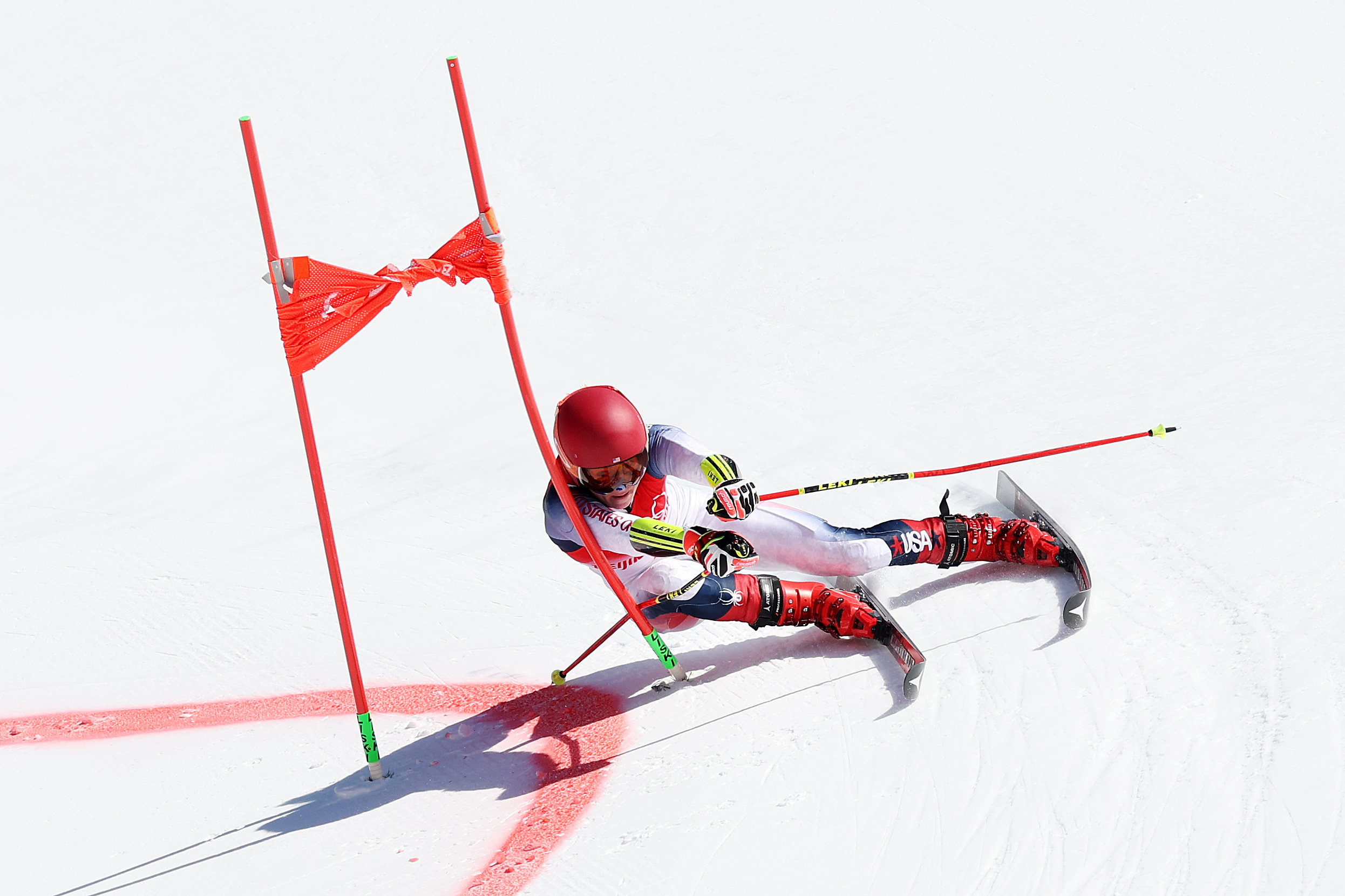
Women in the 2020 Olympic and Paralympic Games
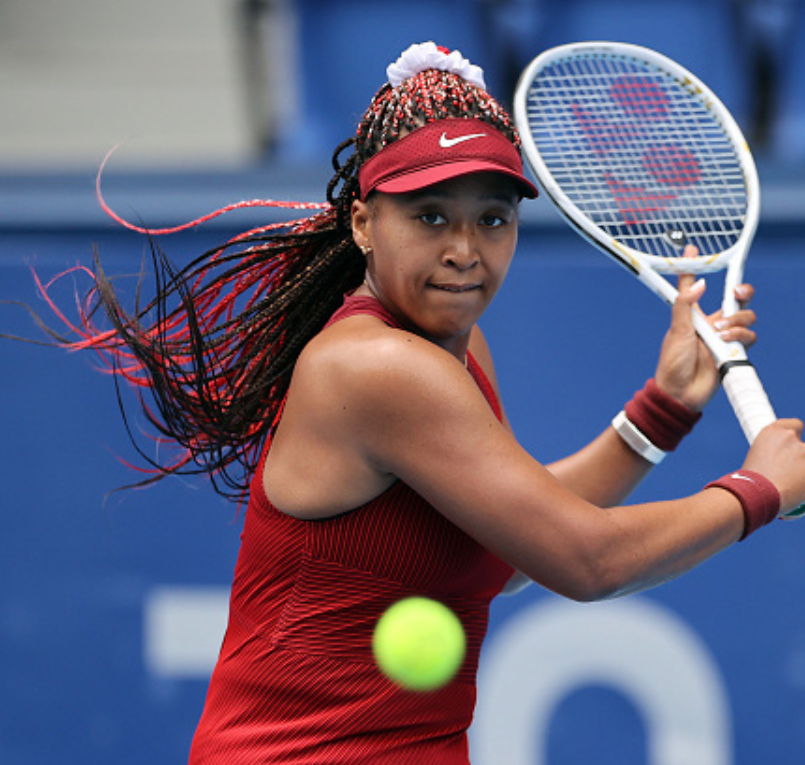
Here we provide an evidence-based look at what is known about women’s leadership and participation in the Toyko 2020 Olympic and Paralympic Summer Games (held in Summer 2021), along with an examination of media coverage. This is the seventh report in the series that follows the progress of women in the Olympic and Paralympic movement.
Chasing Equity: The Triumphs, Challenges and Opportunities in Sports for Girls and Women
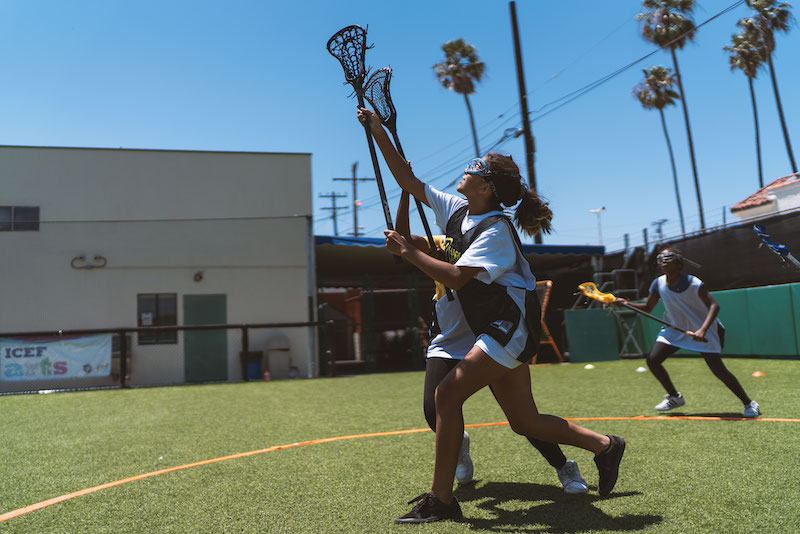
A comprehensive report on the current landscape for girls and women in sport including challenges, barriers, progress and opportunities. Using these findings we developed calls to action that stakeholders and the public can use as a springboard for making change. A national survey of more than 2,300 female leaders in sport provides additional insight on where progress has been made, where things have stalled and what steps can be taken to empower girls and women as participants and as leaders within sport.
The report examines the state of girls’ and women’s sports through a broad lens. Areas of focus include: sport participation opportunities for girls and women; the barriers that limit and/or hinder participation; critical health and safety concerns; Title IX and its ongoing role in supporting the infrastructure for equal access to sport participation; the representation of women working in sport and the climate they encounter, including pay equity and equal treatment issues; the level and quality of sport media coverage of female athletes and the representation of women working in sports media.
Women in the 2018 Olympic and Paralympic Winter Games
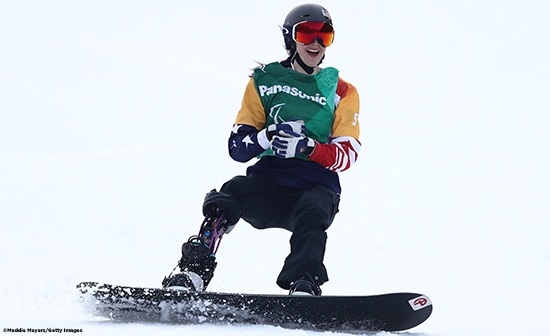
Here we provide an evidence-based look at what is known about women’s leadership and participation in the PyeongChang 2018 Olympic and Paralympic Winter Games. This is the sixth report in the series that follows the progress of women in the Olympic and Paralympic movement.
Women in the 2016 Olympic and Paralympic Games
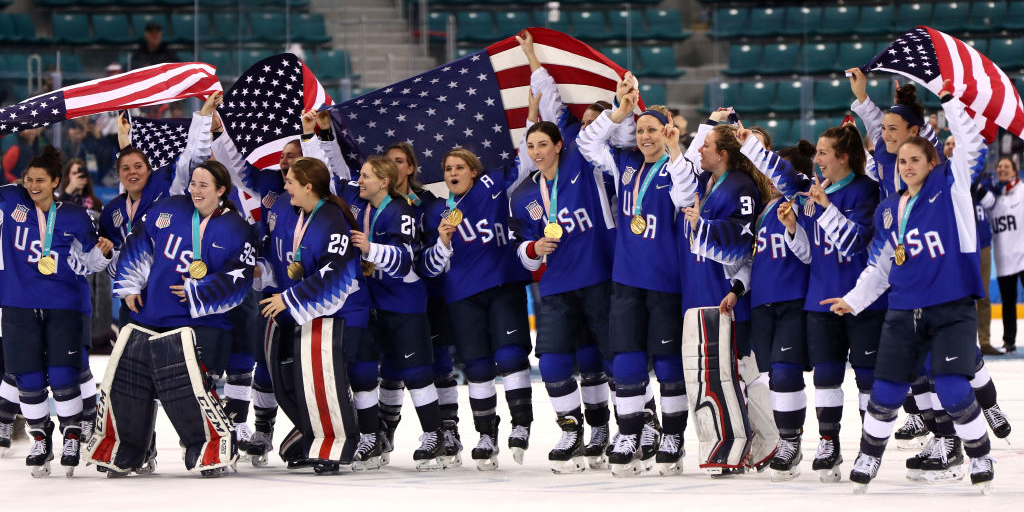
This study is the fifth report in the series that follows the progress of women in the Olympic and Paralympic movement and explores participation, leadership and media coverage.
The report analyzes the representation and participation of women in the international and U.S. Olympic and Paralympic organizations. Specifically, it examines the types and extent of opportunities that are provided for women in administrative and leadership roles within these structures as well as the chances women have to compete in the Games themselves. This report also assesses the extent that the IOC, IPC and United States Olympic Committee (USOC) are fulfilling their stated missions with respect to fairness to fairness and gender equity and whether or not legal statutes are being upheld.
25 Year Study Shows Coverage of Women’s Sports on Televised News and Highlights Shows Remains Very Low
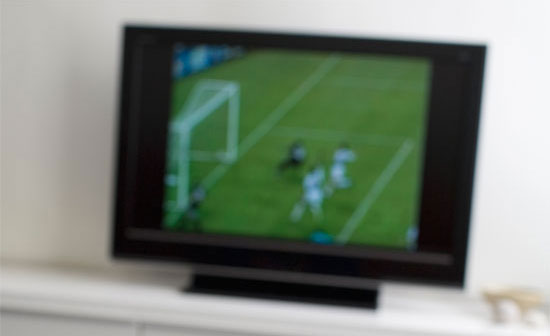
The last 40 years have seen a dramatic movement of girls and women into sports, but, according to a new study, this social change is not reflected televised sports news and highlights shows.
“It’s Dude Time!”: A quarter century of excluding women’s sports in televised news and highlight shows, is a five-year update to a 25-year longitudinal study, conducted by Cheryl Cooky (Purdue University), Michael Messner, and Michela Musto (University of Southern California). The research, partially funded by a WSF research grant, indicates that the quantity of coverage of women’s sports in televised sports news and highlights shows remains dismally low. L.A.-based network affiliate sports news programs devoted only 3.2% of broadcast time to women’s sports.
Other key findings of the report include:
• None of the news and highlights stories in our sample included a lead story on women’s sports. Meanwhile, even more so than in past iterations of this study, the majority—nearly 75%—of all coverage is given to the “big three” of men’s pro and college football, basketball, and baseball. Even when out of season these three men’s sports receive lavish coverage.
• On the rare occasions when women’s sports stories appeared, over 80% of them were on women’s basketball. This finding contrasts with past studies, when women’s tennis received more coverage.
• The 2015 report reveals some changes over time, including a decline in the once-common tendency to present women as sexualized objects of humor. But this positive change is eclipsed by the continued dearth of coverage of women’s sports, and by the stark contrast between commentators’ exciting, amplified delivery of stories about men’s sports, with their often uninteresting, matter-of-fact delivery of women’s sports stories.
• The quantitative and qualitative findings indicate sports news and highlights shows function as mediated man caves where it’s almost always “dude time.”
The SHARP Center (a partnership from 2010-2013 between the Women’s Sports Foundation and the University of Michigan’s School of Kinesiology and Institute for Research on Women & Gender) provided funding for the report.
To download a free PDF copy of the study, please go to: http://com.sagepub.com/content/early/2015/06/05/2167479515588761.abstract.
Women in the 2012 Olympic and Paralympic Games
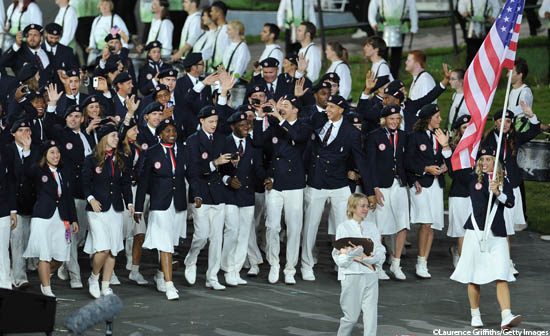
This study is the fourth report in the series that follows the progress of women in the Olympic and Paralympic movement. This report analyzes the representation and participation of women in the international and U.S. Olympic and Paralympic organizations.
Specifically, this report examines the types and extent of opportunities that are provided for women in administrative and leadership roles within these structures as well as the chances women have to compete in the Games themselves. This report also assesses the extent that the IOC, IPC and United States Olympic Committee (USOC) are fulfilling their stated missions with respect to fairness to fairness and gender equity and whether or not legal statutes are being upheld.
Women in the 2010 Olympic and Paralympic Winter Games
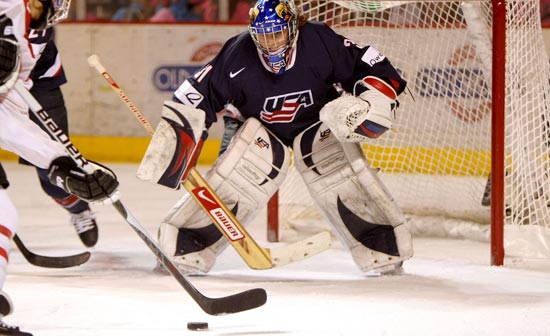
The Women’s Sports Foundation is pleased to release Women in the 2010 Olympic and Paralympic Games: An Analysis of Participation, Leadership, and Media Opportunities. This is the third in the series that follows the progress of women in the Olympic and Paralympic movement. The report provides the most accurate, comprehensive, and up-to-date examination of the participation trends among female Olympic and Paralympic athletes and the hiring trends of Olympic and Paralympic governing bodies with respect to the number of women who hold leadership positions in these organizations. The report also looks at newspaper and internet coverage of the 2010 Olympic and Paralympic Winter Games.
The study was conducted by Dr. Maureen Smith from California State University, Sacramento and Dr. Alison M. Wrynn from California State University, Long Beach.
A distinguished panel of women’s sports experts reviewed the report and policy recommendations were issued. These recommendations can be found at the conclusion of the report.
Women Play Sports But Not on TV
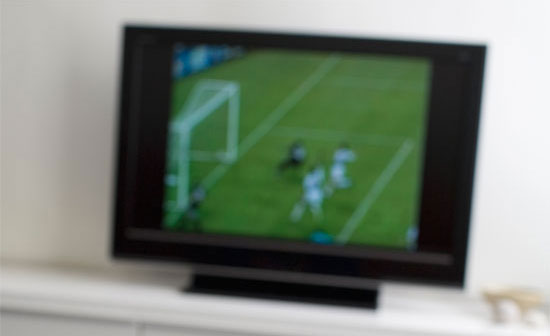
A 20-year study of network and cable by USC & Purdue sociologists find men take 96% of sports news in 2009.
Even the ESPN Ticker gives women the short shrift – 96.4 percent of the information scrolling along the bottom of the screen was dedicated to only men’s sports.
The finding is part of a 20-year study of sports coverage released today by University of Southern California sociologist Mike Messner and Purdue University sociologist Cheryl Cooky.
Though it wasn’t surprising to discover that men’s sports gets more coverage, it was eye opening when researchers found that women’s sports accounted for less than 2 percent of network news and ESPN Sportscenter.
“There’s a message that sports is still for, by and about men,” Messner said. “When will the news catch up?”
Just as shocking is that as more women than ever participate in all levels of sports, coverage of their gender is drastically declining. In 2004, network affiliates dedicated 6.3 percent to women’s sports. Last year it dropped to 1.6 percent.
“News programs are supposed to be a window to the world and there is a journalistic responsibility to reflect that,” said Messner, an expert in the sociology of sports.
In 1971, 294,000 high school girls played interscholastic sports. Today 3.1 million play, much closer to the 4.4 million boys who play high school sports.
Yet network affiliates ran 60 stories on men’s NCAA basketball in March 2009. There were zero stories about women.
It’s not that generous coverage of men’s sports leaves no time for women. The researchers found that newscasts routinely air light sports features, such as a story about a hamburger with 5000 calories and 300 grams of fat at a minor league baseball park in Michigan.
The discrepancy is important, Messner said, as it reinforces the historical stereotype that sports proves men are superior to women, that the women’s product isn’t the same quality or would not have the same mass appeal. Messner points out those arguments have been used before, such as when African Americans weren’t considered good enough to compete in Major League Baseball.
The study, Gender in Televised Sports: News and Highlights Shows, 1989-2009, can be downloaded below.
As with the 1989, 1993, 1999 and 2004 studies, the central aim of the current study was to compare the quantity and quality of TV news and highlight shows’ coverage of women’s versus men’s athletic events. Each time researchers analyzed three two-week segments (a total of six weeks) of televised sports news coverage on each of three Los Angeles local network affiliates. Second, they studied ESPN’s SportsCenter, replicating their focus on this sports highlights show that they began in 1999 and continued in 2004.
The study is sponsored by the USC Center for Feminist Research.
Women in the 2000, 2004 and 2008 Olympic and Paralympic Games
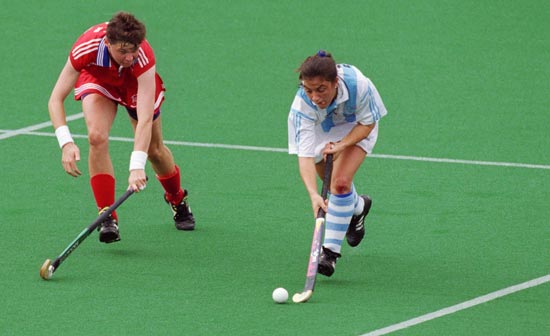
This report analyzes the representation and participation of women in the international and U.S. Olympic organizations relative to the Olympic and Paralympic Games, especially for 2000, 2004, and 2008. In addition it examines the types and extent of opportunities that are provided for women in administrative and leadership roles within these structures and the chances women have to compete in the Games themselves. This report also assesses the extent that the IOC, IPC and USOC are fulfilling their stated missions with respect to fairness and gender equity and whether or not legal statutes are being upheld. Finally, there is analysis of media coverage of female athletes in the 2008 Olympic Games.
